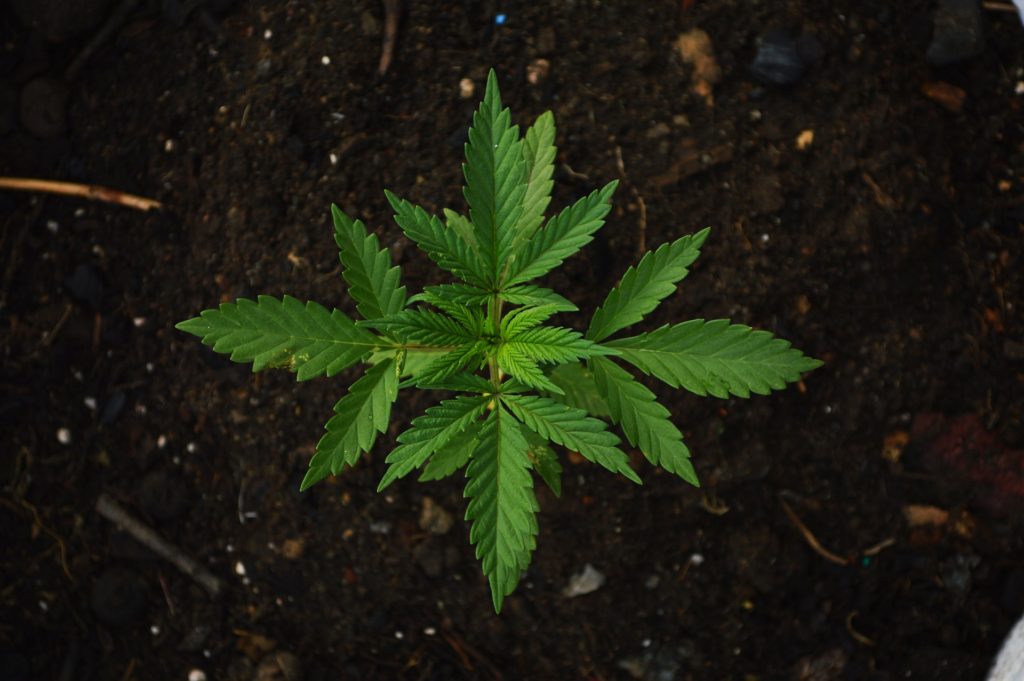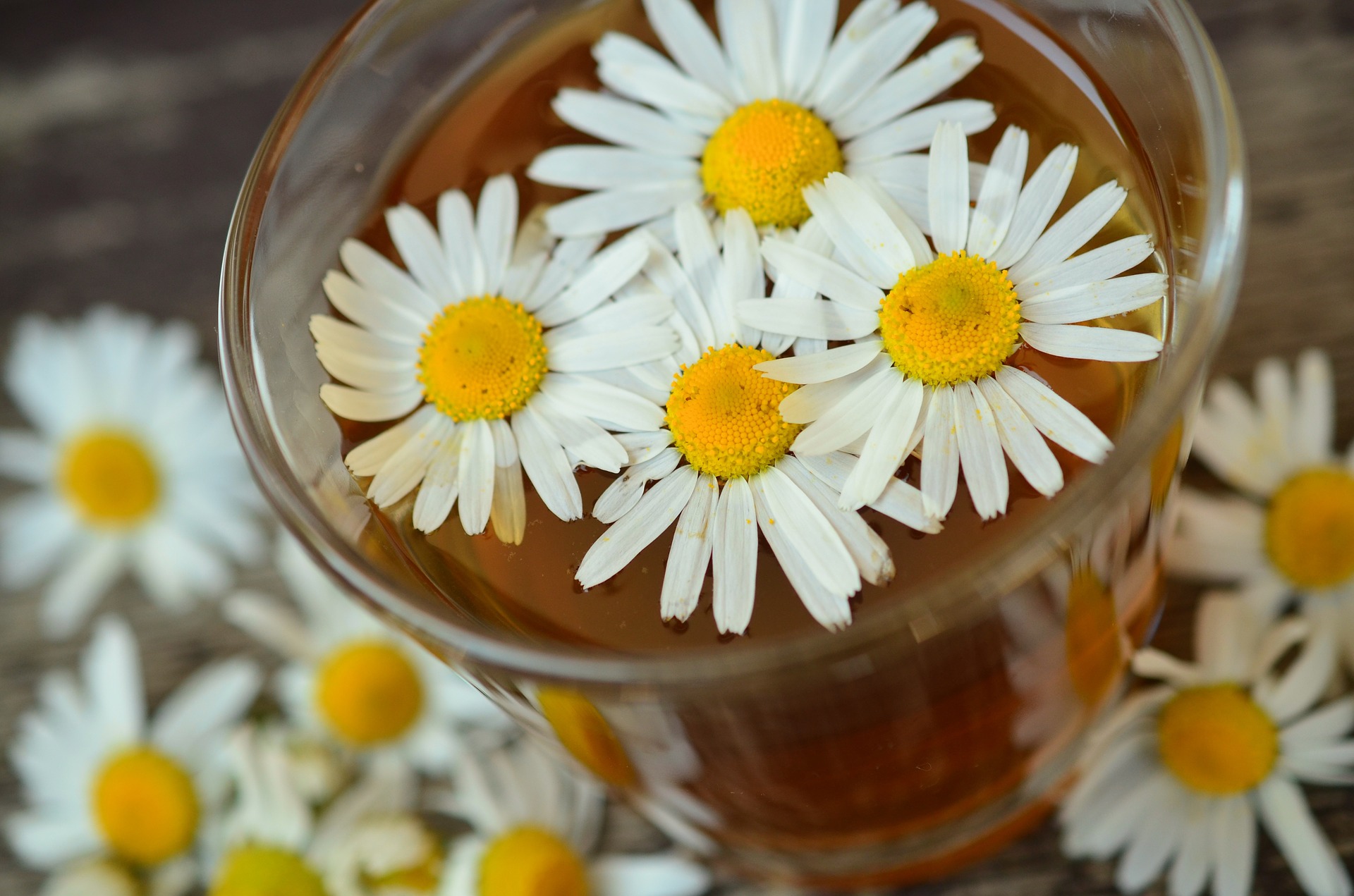
Cannabidiol, or CBD, has been creating quite a buzz these days when it comes to widespread ailments like chronic pain, depression, and anxiety. If you aren’t familiar with CBD, it is a compound found in both agricultural hemp and marijuana. It may have some powerful healing properties – especially when it comes to anxiety.
These plants have cannabidiol oil extracted from them and used for its therapeutic benefits. There is promising research that supports CBD being an effective treatment for a number of anxiety disorders.
It is common for there to be confusion around the relationship of CBD to marijuana and the legality of cannabidiol. Recently, CBD has been thrust into the mainstream as a potential risk-averse treatment. The need to help people understand if and how they can use it has become increasingly urgent.
What is Cannabidiol (CBD)?
Cannabidiol (most commonly known as CBD) is a compound found in the Cannabis genus of plants. The Cannabis genus contains both marijuana and hemp. Hemp has a higher concentration of CBD whereas marijuana has a higher concentration of THC.
CBD for Anxiety
Research is still in its infancy but there are constant efforts being made to better understand cannabidiols positive effects on anxiety. Studies show that CBD has an anxiolytic (anxiety-reducing) effect on the brain.
This may happen because of CBD’s interaction with serotonin receptors. Serotonin is a brain messenger that is largely responsible for regulating mood and plays an important role in anxiety. Cannabidiol also reduces inflammation in the body possibly through interacting with a receptor that mediates these processes. Chronic inflammation is associated with pain, anxiety and depression.
Animal laboratory studies have strong evidence supporting the positive effects of short-term use of CBD for:
- generalized anxiety disorder
- panic disorder
- social anxiety disorder
- obsessive-compulsive disorder
- post-traumatic stress disorder
Chronic, or long-term use, has yet been analyzed since most trials have not been ongoing for an extensive amount of time (as required by regulatory entities.)
Social Anxiety and Panic Disorder
There is especially promising research when it comes to social phobias and panic disorders. A set of scientists reviewed numerous animal and human studies on the effects of CBD on panic disorder. The collective results show promising anti-panic effects when individuals were presented with anxiety-inducing situations. The exact mechanism of this result is unknown.
One study focusing on the effects on CBD on social anxiety measured anxiety levels, cognitive impairment, and discomfort during public speaking. Those who received CBD with a social anxiety disorder showed decreased anxiety and discomfort with higher levels of cognitive functioning compared to the group that did not receive CBD.
Uses and Doses for Anxiety
An anonymous survey of around 2500 people found that 62% of people are using CBD medicinally. The top three reasons for use are anxiety, depression, and pain. There is not much solid dosage information since CBD is only recently being studied. Below are dosages for adults that have been tested safely:
| Dosage | Frequency | Duration |
| 300 mg | Daily | 6 months |
| 1200 – 1500 mg | Daily | 4 weeks |
It is always important to consult with a doctor, especially if you are pregnant or taking other medication.
Side Effects of CBD
Compared to other drugs, the side effect profile of CBD is very low. CBD is not strongly regulated, which is also important to note. Purchase from a reputable source to reduce side effects and ensure therapeutic quality.
Possible side effects include:
- Low blood pressure
- Dry mouth
- Changes in appetite
- Nausea
- Vommiting
- Diarrhea
- Light Headaches
- Dizziness
- Sleepiness
What is Cannabidiol’s relationship with Marijuana (and Hemp)?
There is understandably some serious confusion around what CBD is and its relationship with marijuana. The word cannabis is often used synonymously with the word marijuana but that isn’t the full story.
Cannabis is a genus of plant that has multiple species within it. It has been cultivated for thousands of years and overtime was selectively bred to highlight different compounds.
A good example of selective breeding that may be familiar to you is how humanity has bred dogs for certain traits. Bulldogs were bred for short legs and wrinkly snout whereas Great Danes were bred for long legs and stature. Both are dogs but they diverged as they were bred for different traits. Something similar happened with Marijuana and Hemp as the Cannabis plant was selectively cultivated for its levels of THC.
CBD versus THC
Cannabis has two popular compounds – tetrahydrocannabinol (THC) and cannabidiol (CBD). THC is the psychoactive compound in Cannabis that induces a “high.” Marijuana was harvested year after year for plants with higher THC levels. Eventually, marijuana diverged from hemp. Hemp has very low THC levels but has high levels of CBD.
Many CBD products on the market (mostly due to legality) are extracted from hemp, not from marijuana. Hemp oil and CBD oil are different products though, so look for a product with high percentages of
Instead, CBD offers the therapeutic benefits of a more relaxed nervous system and relief from pain. There is controversy over the therapeutic benefits of CBD derived from hemp versus marijuana but research is much too early to draw any conclusions.
Legality of CBD in the United States
CBD was hard to legally come by in the USA until December of 2018. Although it may have been legal in your state, the production of hemp most likely wasn’t. Previously CBD was not legal on a federal level and was listed as a Schedule I drug (meaning it was not recognized for any medical benefit.)
The Farm Bill that passed at the end of 2018 labels hemp as an agricultural product, removes CBD from the list of Schedule I




Great, I really like it! Youre awesome
My family members always say that I am wasting my time here at
web, but I know I am getting knowledge every day by reading
such good articles or reviews.